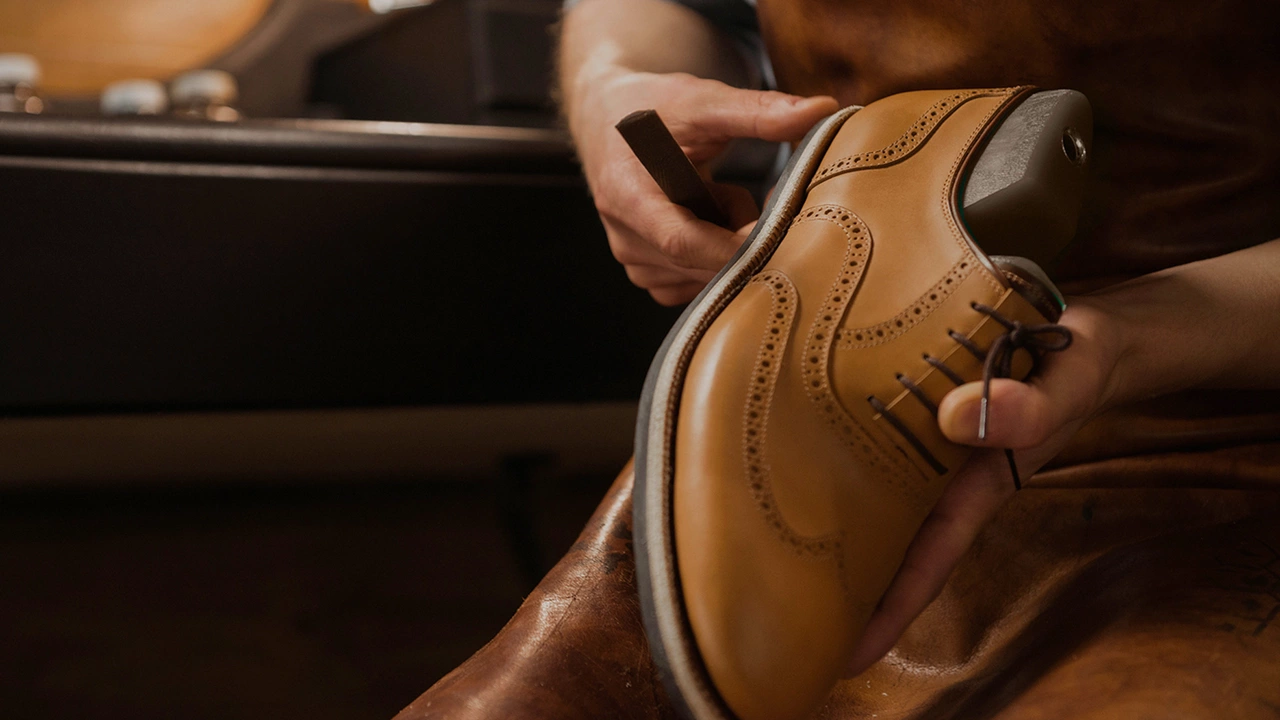
Understanding Footwear and Pain: The Cleats Conundrum
It's often said that beauty is pain. Lila, my better half, even swears by this whenever she hops on her stilettos and braves blisters for a black-tie event. But does the same principle apply to sports gear, particularly cleats? Does donning these mean embracing pain and discomfort as the natural aftermath or are we missing something crucial here about the correct size, fit, and type? Let's unravel together.
The Bare Basics: What Cleats Do?
Much like my wife’s beloved high heels, cleats aren’t simply a fashion statement. They are officially defined as protrusions on the sole of a shoe that provide additional traction on a soft or slippery surface. They've become an essential part of any outdoor sports gear, whether it's soccer, baseball, or football. Cleats essentially keep players from slipping and sliding all over the field, a characteristic my wife wishes her heels shared. The design and placement of these spiked features vary based on the sport, impacting the athlete's performance in different ways. Cleats aren’t just any ordinary shoes; they're tools that can potentially make all the difference in a match. But the broad question remains, why does this helpful gear cause discomfort?
The Verdict: Are Cleats Supposed to Hurt?
The simple answer is NO. Cleats are not meant to hurt. Now, that's not to imply that they will be as comfortable as your favorite pair of slippers right out of the box. Just like the time I wore a new pair of boots for a winter hike and got chafed enough to write a sonnet about it, cleats too need some time to adjust to your feet. Hurting, however, shouldn't be normalized. If it's more than the usual "breaking in" discomfort, prevent turning a blind eye to it because it may hint at a serious issue such as improper fit, inappropriate size, or just the wrong cleat type for your feet.
Decoding the Pain
If your cleats are hurting, it's important to understand what kind of pain you're experiencing. Is it a pinching, squeezing sensation at the front of the shoe, or more of a pressing, tight sensation around the sides? Maybe even an aching or rubbing against your heel? Identifying the type of discomfort can help pinpoint what's wrong. If it's a pinching on top, then perhaps the cleats are too narrow for you. If it's a squeezing sensation at the front, they might be too small. On the other hand, if it's rubbing against your heel, they could be too big, or maybe you haven't laced them up correctly. It's like the time I tried baking a cake for Lila's birthday and ended up with a burnt crispy round thing because I didn't follow the instructions correctly. The point is, understanding the problem paves the way to find the right solution.
Getting Cleated Correctly: Tips for the Right Fit
Getting the right cleats can be as tricky as getting a perfect birthday gift for your spouse (unless of course, they have something specific in mind, much appreciated Lila for your increasingly explicit hint-dropping). Here's what you should keep in mind when choosing cleats: See that there's enough room to wiggle your toes but the heels should fit snuggly. Consider shoe width because too narrow can squish your feet and too wide can cause instability. Before purchasing, try them on with the same socks you intend to wear during games. And remember, they should feel comfortably snug but not painfully tight.
The Break-In Blues: How to Deal With New Cleats
Just like any other new pair of shoes, cleats too need to be broken in. Although, unlike that time when I broke my prized fishing rod trying to tug out a particularly stubborn catch, the break-in process for cleats requires a gentle hand (or rather, foot). It's prudent to wear new cleats around the house for a while or use them in a few practice sessions before you take them for a game. Some people also swear by soaking the cleats in warm water for a few minutes and then wearing them until they dry up. While this may sound like my son's excuse to splash water on my new laced Oxfords, it does hold some merit in helping mold the shoes to your feet.
Ending the Pain Game: Prevention and Solutions
No one likes a painful ending. Whether it's a tragic movie conclusion or a vexing foot malaise due to wrong cleats. Here are some suggestions to prevent pain and present solutions: Change your cleats if they continually cause pain after the break-in period. It's like sticking on a sinking ship (apologies to my old roommate Carl for bringing up that unpleasant canoe incident). Proactively keep an eye out for blisters and treat them with ointments and specially designed bandages to reduce friction. Finally, remember to stretch thoroughly before you play. This helps your muscles warm up, and yes, that includes the muscles in your feet too.
In the end, cleats aren't designed to create discomfort. They're intricately crafted tools aimed at enhancing your sports performance. So, if your feet are hurting after wearing them, perhaps these are not the perfect fit, or they require both time and patience to adjust or just some professional advice. Like I always say, "It's the feet that play the game, but it's the brain that wins it". So, let's put those brains to use and solve the 'cleats conundrum' once and for all.
Post A Comment